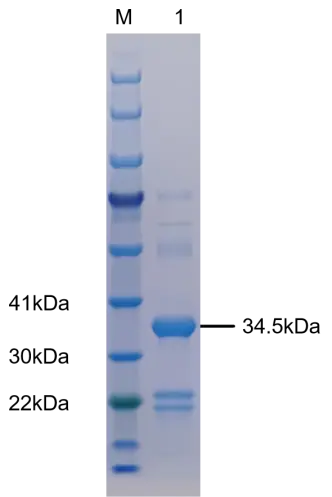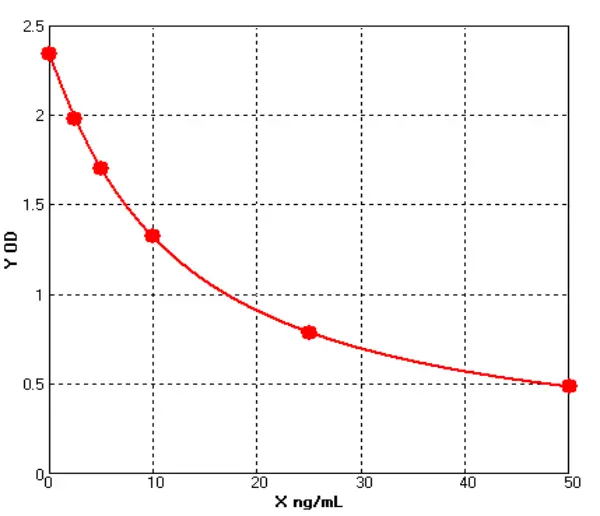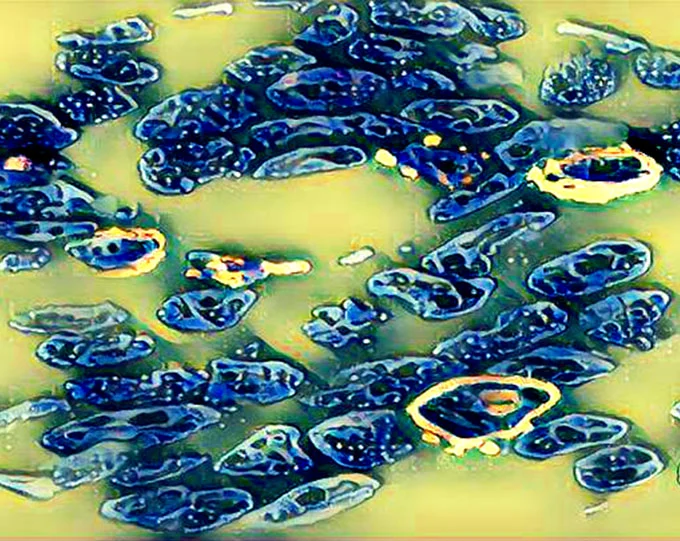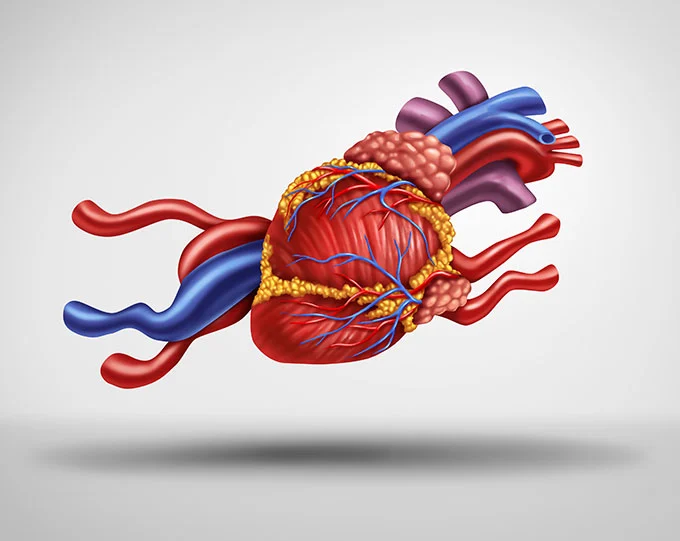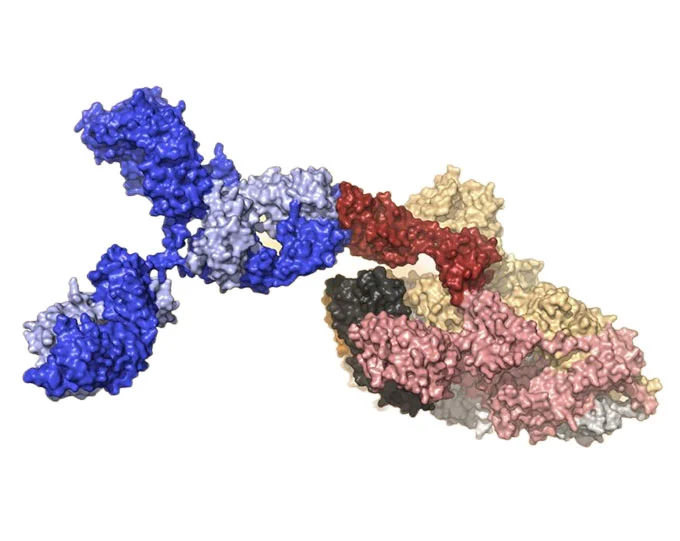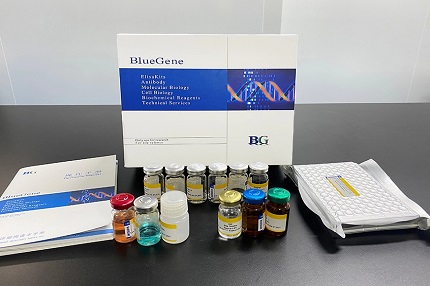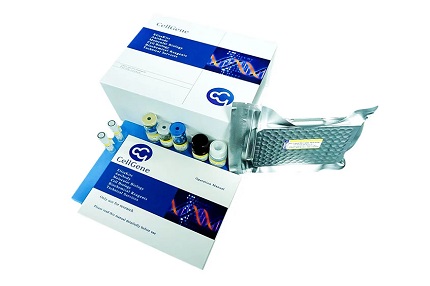- Host Cell Protein Detection Kits
- Host Cell DNA Residue Detection Kits
- Antibodies
- Recombinant Proteins
- ELISA Kits
- Cellular Component Protein Library
- Plasmids
- Promotions
-
Adrenaline ELISA Kit in Neurological Disease Research
Adrenaline is a crucial neurotransmitter that plays a key role in neurological diseases. The adrenaline ELISA kit can be used to detect adrenaline levels in human samples, providing an effective detec...
Mar.15, 2025Read More > -
HEK 293 HCP ELISA Kit in Protein Drug Production
Host Cell Proteins (HCPs) refer to the mixture of proteins produced by host cells (such as HEK 293, yeast, bacteria, etc.) during the production of therapeutic protein drugs. These proteins may remain...
Mar.13, 2025Read More > -
Exhibition review | 2025 The 7th China Wuhan Optics Valley Biological Annual Conference and Biopharmaceutical Quality Analysis Technology Forum came to a perfect end, looking forward to seeing you next time
On February 27-28, 2025, Crowne Plaza Wuhan Optics Valley held the "7th China Wuhan Optics Valley Biological Academic Annual Meeting and Biopharmaceutical Quality Analysis Technology Forum" ...
Mar.12, 2025Read More >
BlueGene Biotech's Research For Signal Transduction
1. Definition Of Signal Transduction
It is known that there are many signal transduction modes and pathways in cells, and there are multiple levels of cross-regulation between them. It is a very complex network system. In short, a process in which various signals can enter the cell through the cell membrane and gradually cause changes in cellular substances, mainly proteins, is called signal transduction. It is a multi-enzyme cascade reaction process. Each signal pathway forms a highly ordered regulatory network in vivo through the interaction of intercellular signal proteins.
2. Mammals & Signal Transduction
Mammals need a variety of signal transduction pathways to maintain the integrity and coordination of cell response to signal stimulation. There are mainly six kinds of transmitters responsible for extracellular signal transduction to the interior of cells. They include ion channel gates, receptor enzymes, serpentine receptors, steroid receptors, adhesion receptors, and receptors themselves that do not contain enzymes.


